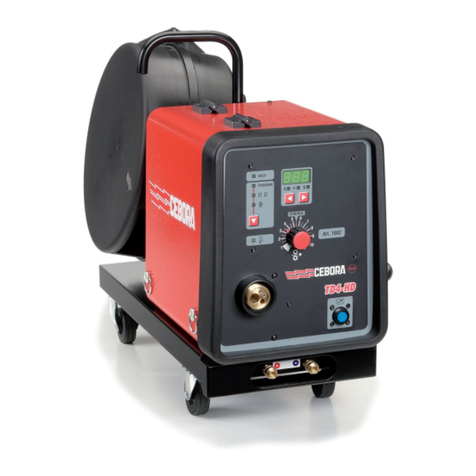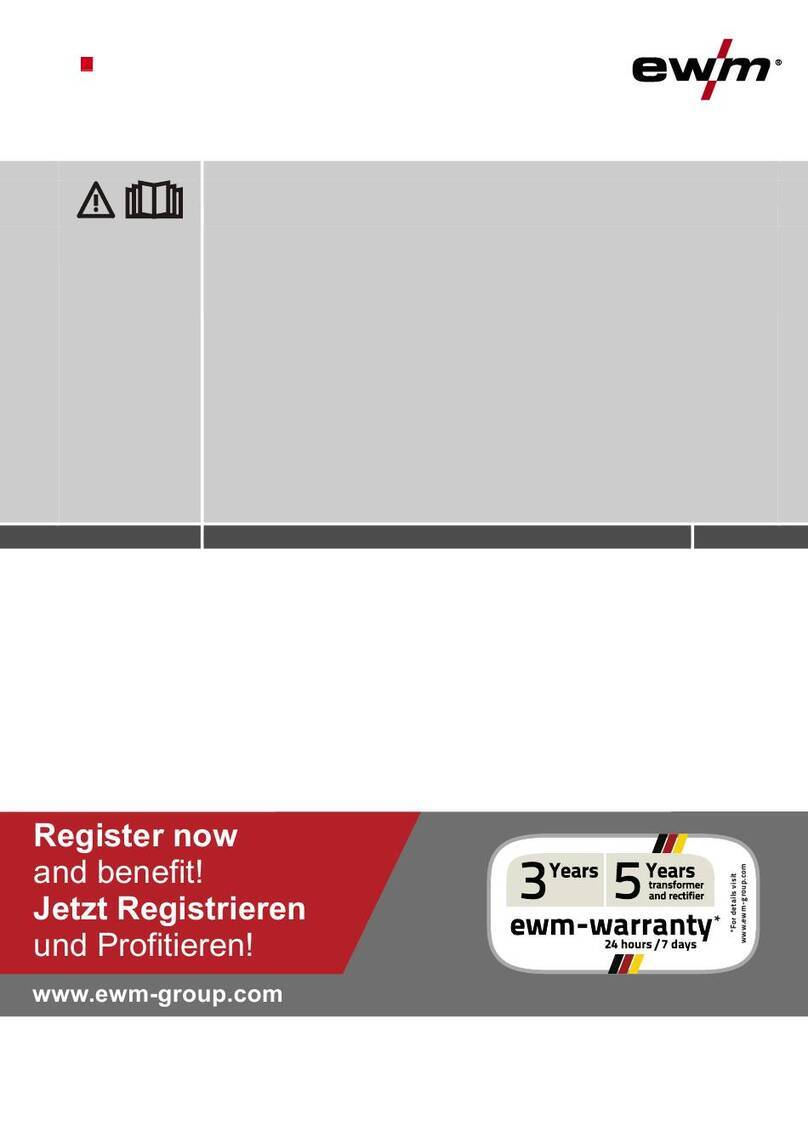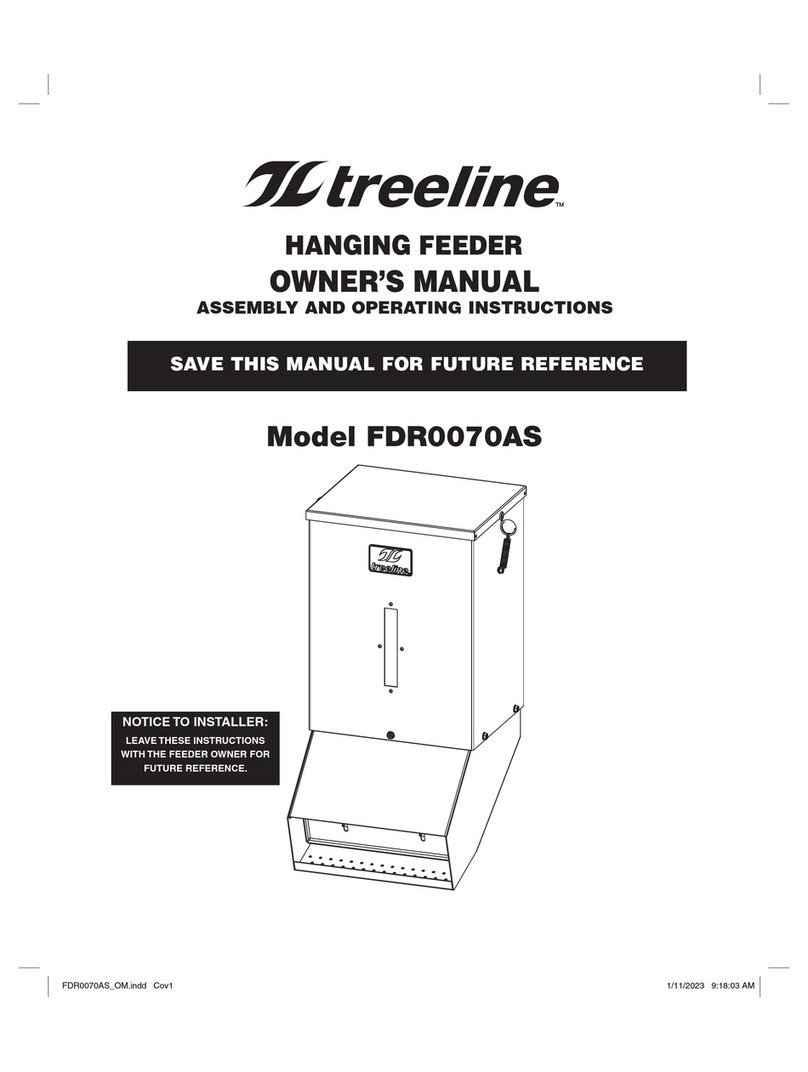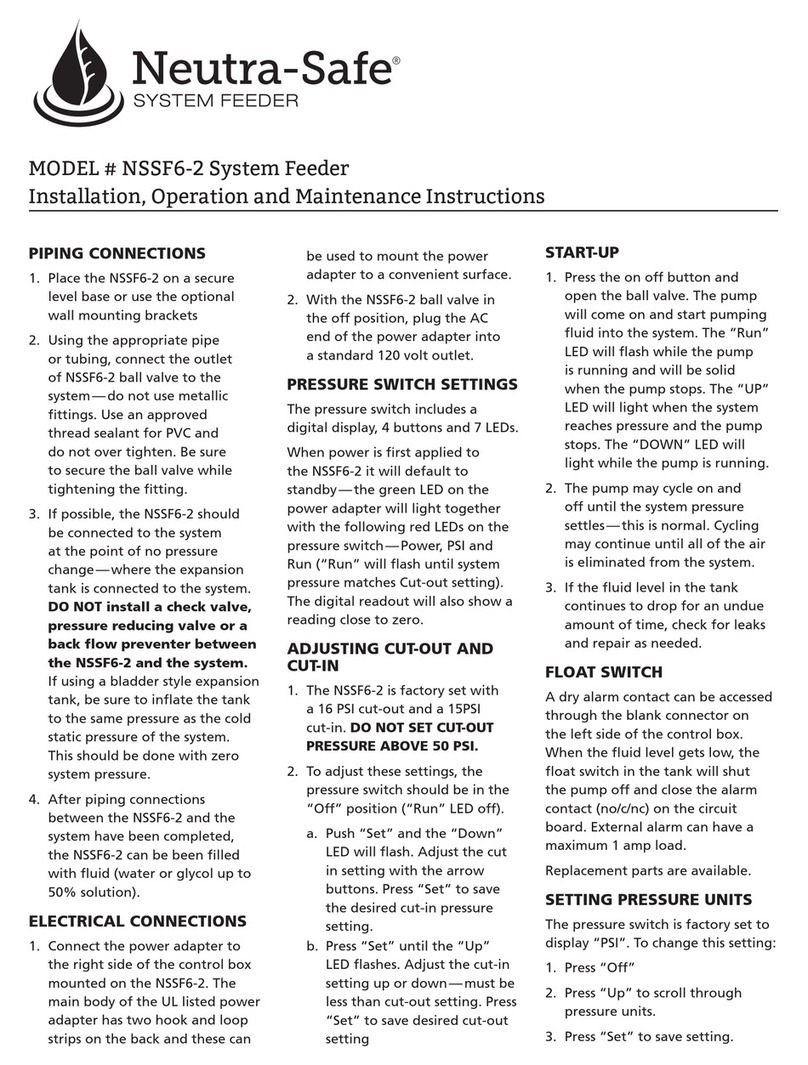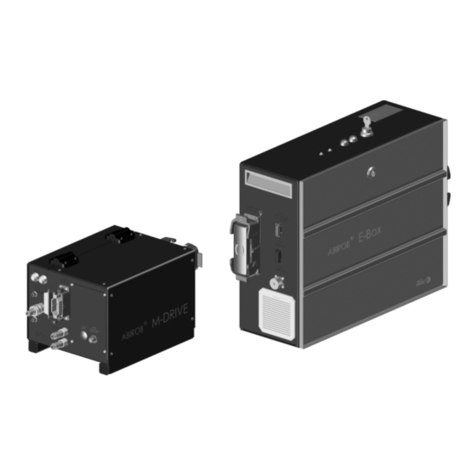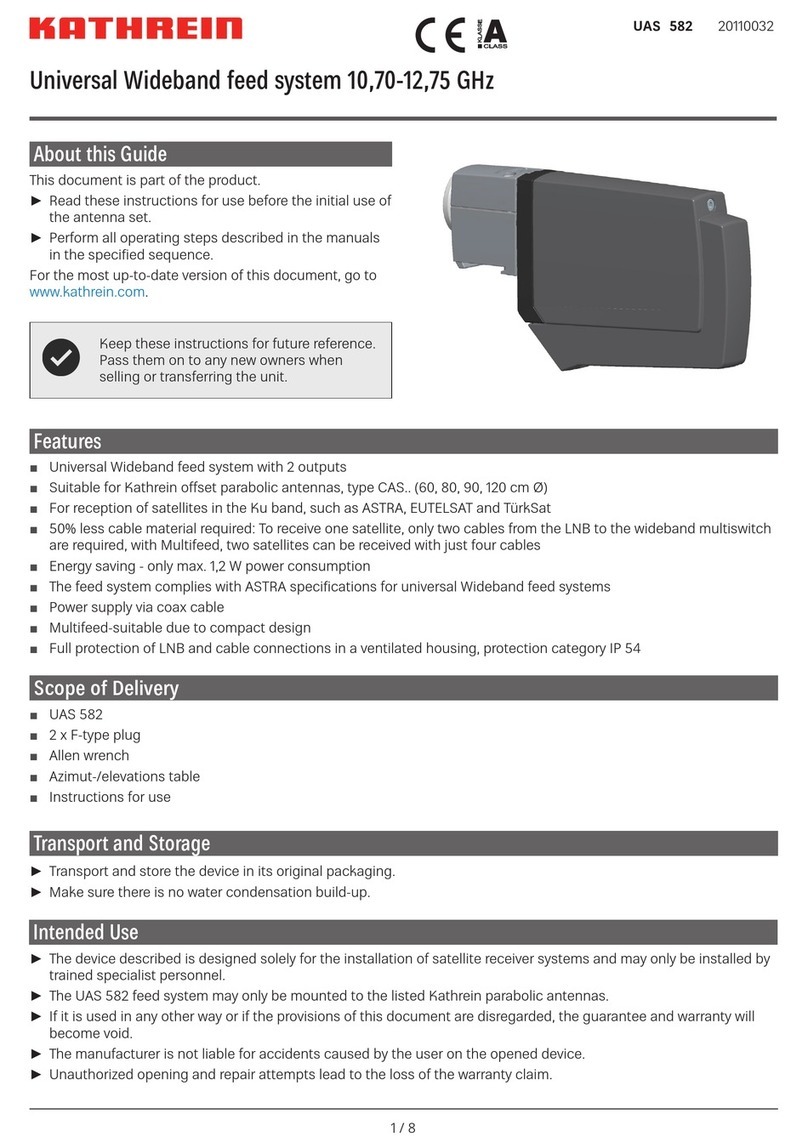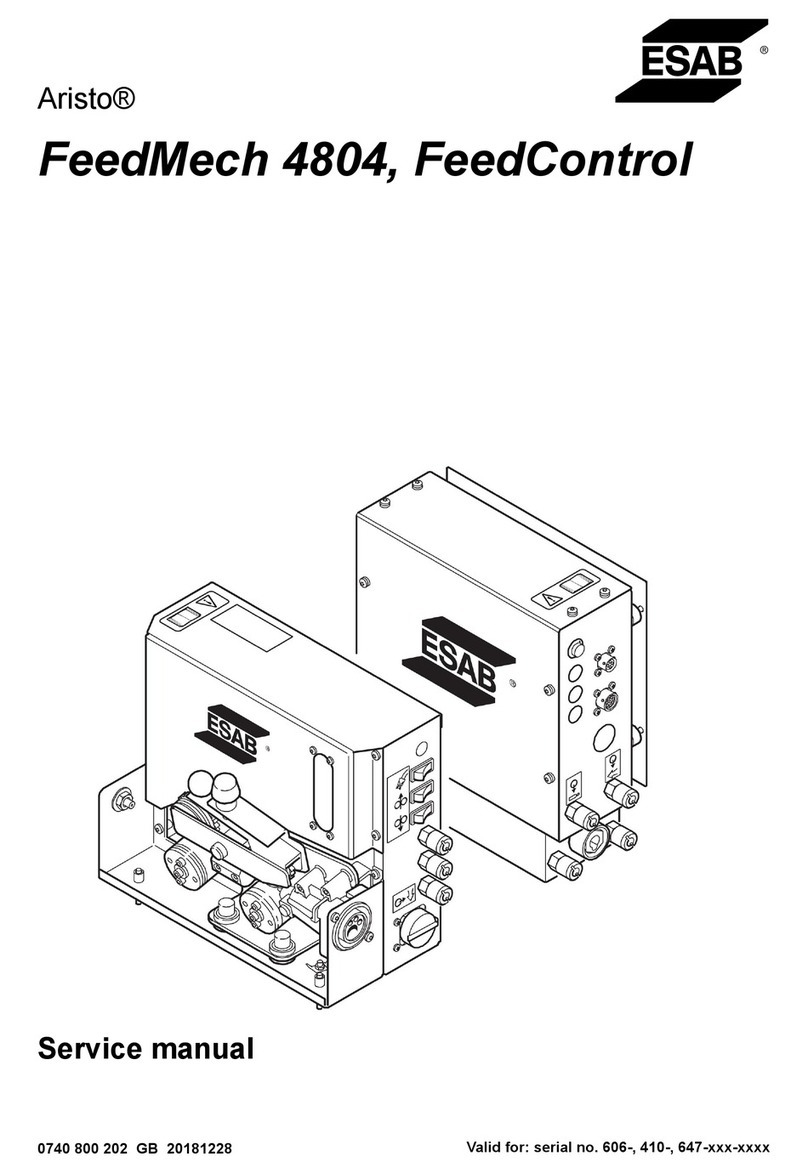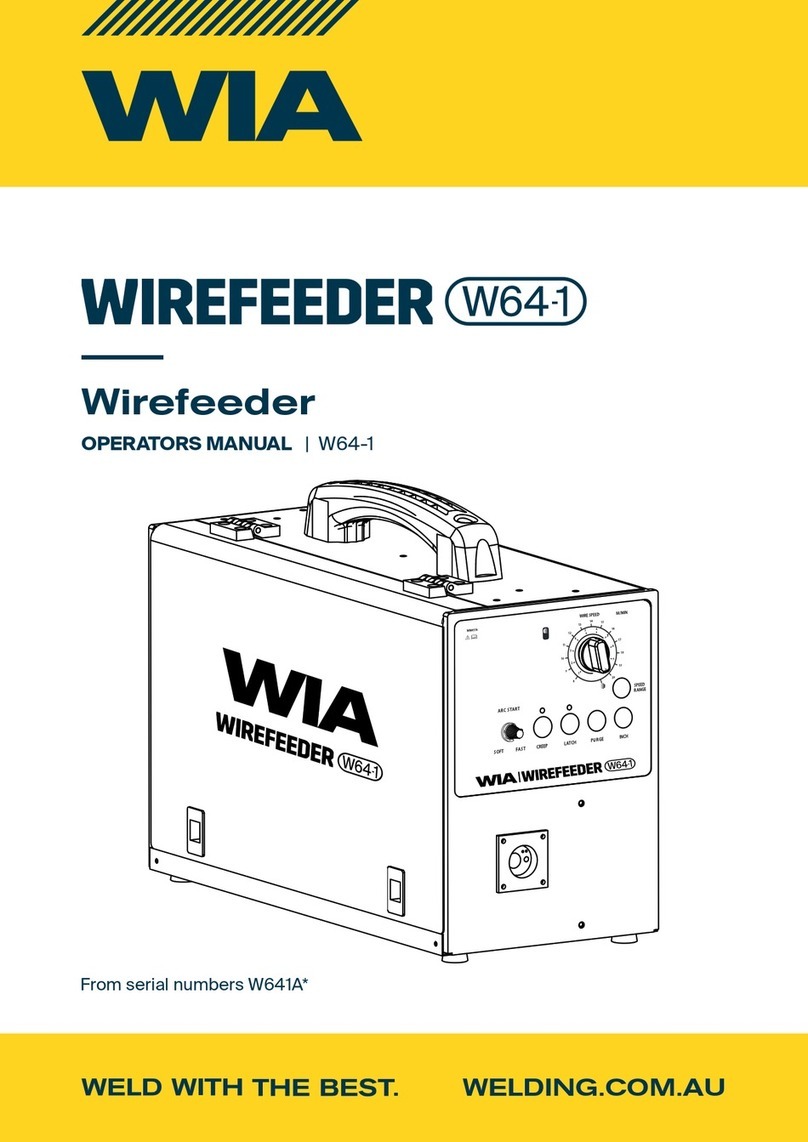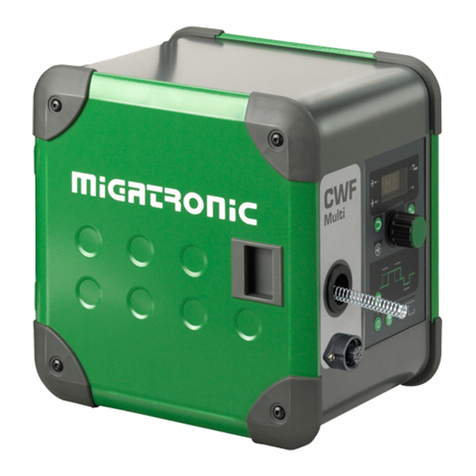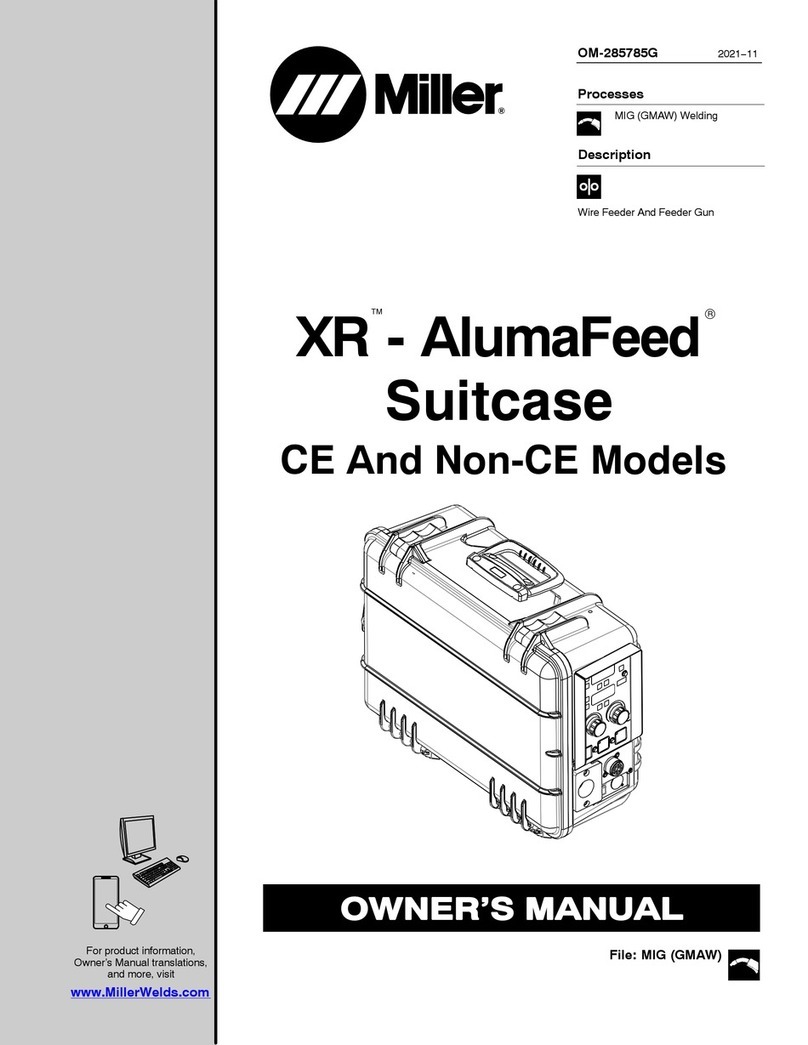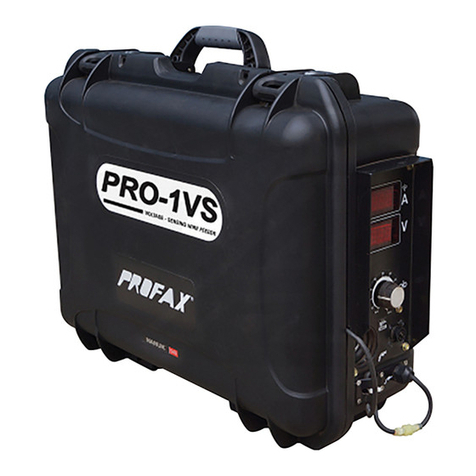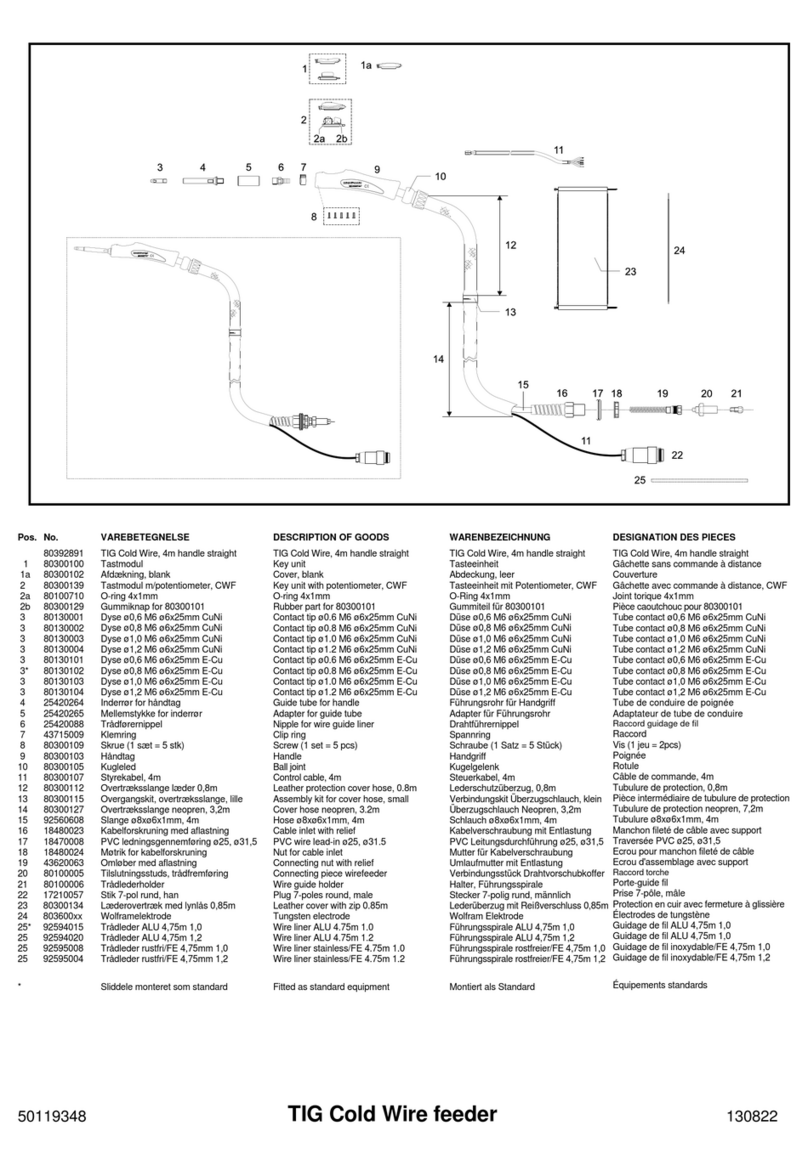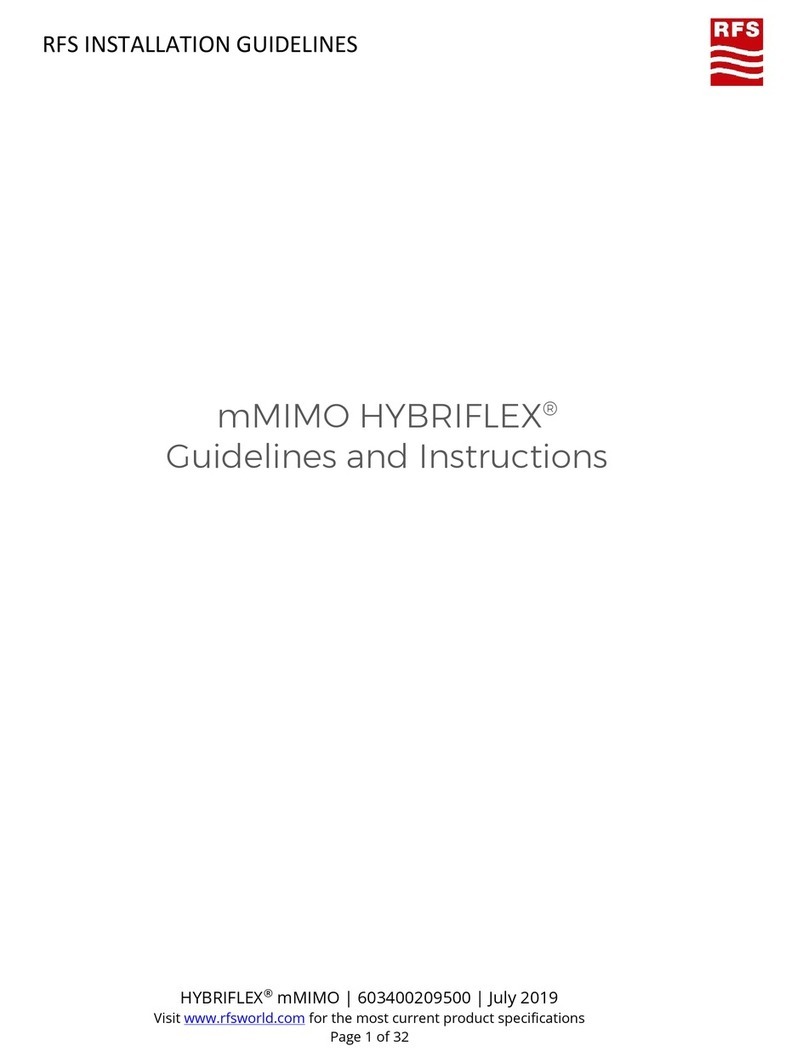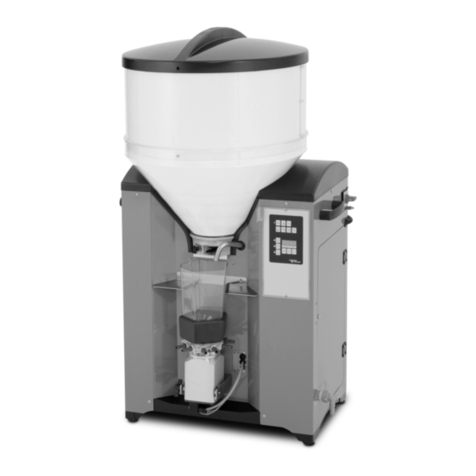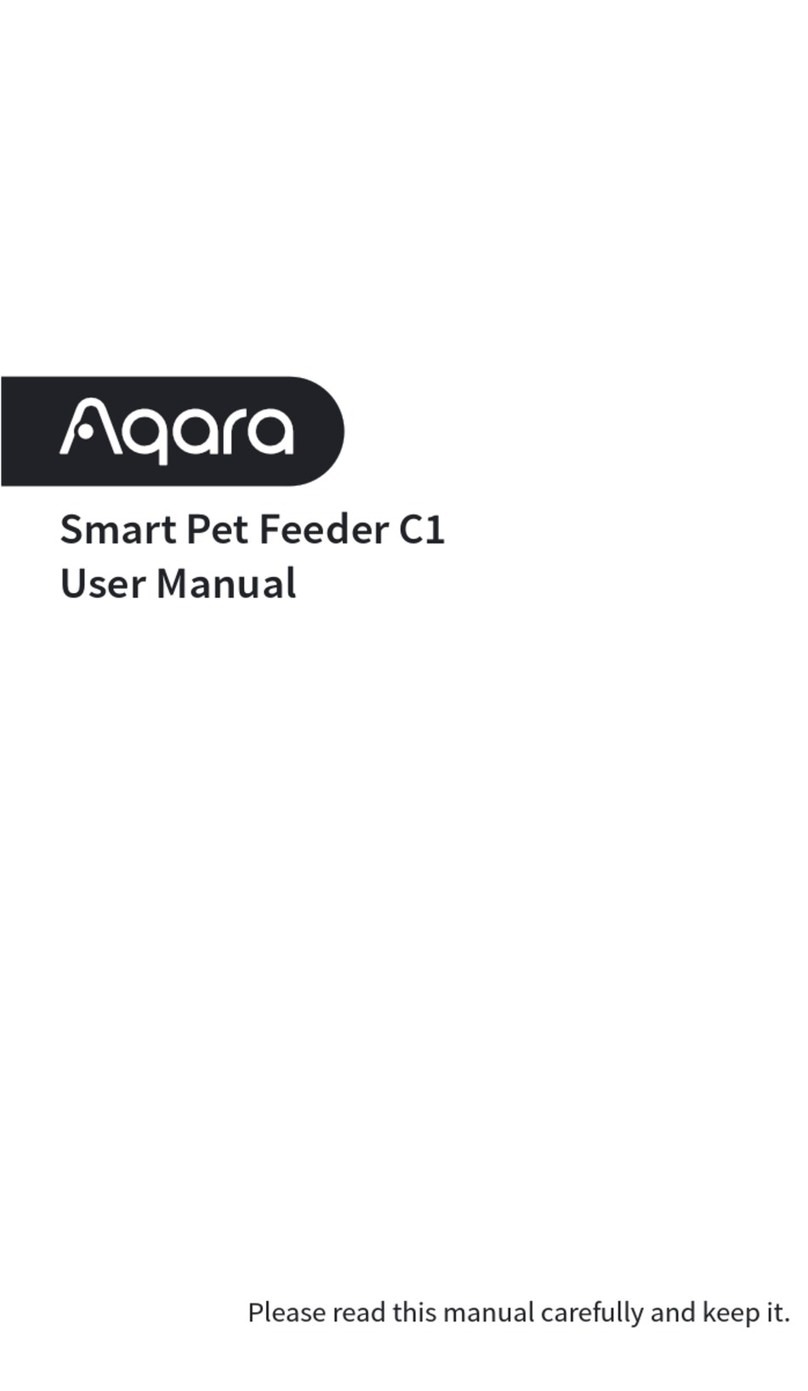
LOADING DATA
• Use only laboratory tested reloading data. We highly
recommend the current SPEER
®
Reloading Manual.
OBSERVE ALL WARNINGS ABOUT THE USE
OF MAXIMUM LISTED LOADS.
WARNING/ CAUTION
PRIMERS AND POWDER
• Store primers and powder beyond the reach of
children and away from heat, dampness, open ames
and electrical equipment. Avoid areas where static
electricity is evident.
• DO NOT use primers of unknown identity.
• Dispose of unknown primers in accordance with
applicable regulations.
• Keep primers in the original factory container until
ready to use. Return unused primers to the same
factory packaging for safety and to preserve their
identity. Primer packaging is designed to provide
safe storage.
• DO NOT store primers in bulk. The blast of just a few
hundred primers is sufcient to cause serious injury to
anyone nearby.
• DO NOT force primers. Use care in handling
primers.
• DO NOT have more than one can of powder on the
bench at one time. Powder cans should be stored
away from the bench to avoid picking up the
wrong one.
• DO NOT use any powder unless its identity is
positively known. The only positive identication is
the manufacturer’s label on the original canister.
Discard all mixed powders and those of uncertain
identity.
• If you use a powder measure, replace the lids on both
the powder hopper and powder can after the powder
hopper has been lled.
• When using a powder measure, settle the powder in
the powder hopper before charging any cases. Throw
and check the weight of at least ten charges. This will
assure you that the correct powder charge is being
thrown.
• When you nish a reloading session, pour any
remaining powder back into its original factory
container. This will preserve the identity and shelf
life of the powder.
• DO NOT smoke while reloading.
RECORD KEEPING
• Keep complete records of reloads. Apply a descriptive
label to each box showing the date produced, and
the primer, powder and bullet used. Labels for this
purpose are packed with SPEER
®
bullets.
• Never attempt to guess at the identity of your
ammunition.
USE
The RCBS Rie Bullet Feeder – Dillon Conversion Kit
has been designed to use the RCBS Rie Bullet Feeder
on Dillon
®
RL550B and XL650 Progressive Presses
using a Dillon Powder Measure. The RCBS Bullet Feeder
will increase your progressive rie load rate by ~50% by
reducing the manual operation of placing a bullet onto
the case mouth. All parts and adapters are included for
you to be able to feed jacketed bullets. Dillon Powder
Measures require this Kit’s additional adapters. Dillon
presses mounted on Strong Mounts, require this Kit’s
additional mounting system.
The Bullet Feeder is designed to work with FMJ,
JACKETED, or SEMI JACKETED Hollow Point, Soft
Point, and Round Nose designed bullets ONLY. Cast or
swaged LEAD bullets are NOT to be used and will void
the Warranty. The lube from lead bullets deposits on the
moving parts and collects dust and dirt, slowing down
the function of the Bullet Feeder and eventually causing
the motor to burn out. The deposited lube also does not
allow the bullets to be positioned properly for feeding
from the sorting Wheel to the Feed Tube.
The RCBS Rie Bullet Feeder feeds and seats
most bullets in one station. This allows you to crimp
bullets in a separate operation, if you deem necessary.
Shorter cartridges may not completely seat and may
require an additional Seat Die in a subsequent station.
The Collator will hold approximately 150+ bullets
depending on caliber and bullet weight.
Terminology Reference
The following abbreviations are used throughout this
instruction manual:
• BHCS – Button Head Cap Screw
• SHCS – Socket Head Cap Screw
• PM – Powder Measure
This Product Instruction Manual is meant to supplement
the manual you received with your RCBS Rie Bullet
Feeder, not replace it. You will need to reference that
document to complete your Bullet Feeder installation.
Contact RCBS if you need another copy or see our
website to download one.
Because RCBS has no control over the choice of components, the manner in which they are assembled, the use of
this product, or the firearms in which the resulting ammunition may be used, we assume no responsibility, expressed
or implied, for the use of ammunition reloaded with this product.
3
